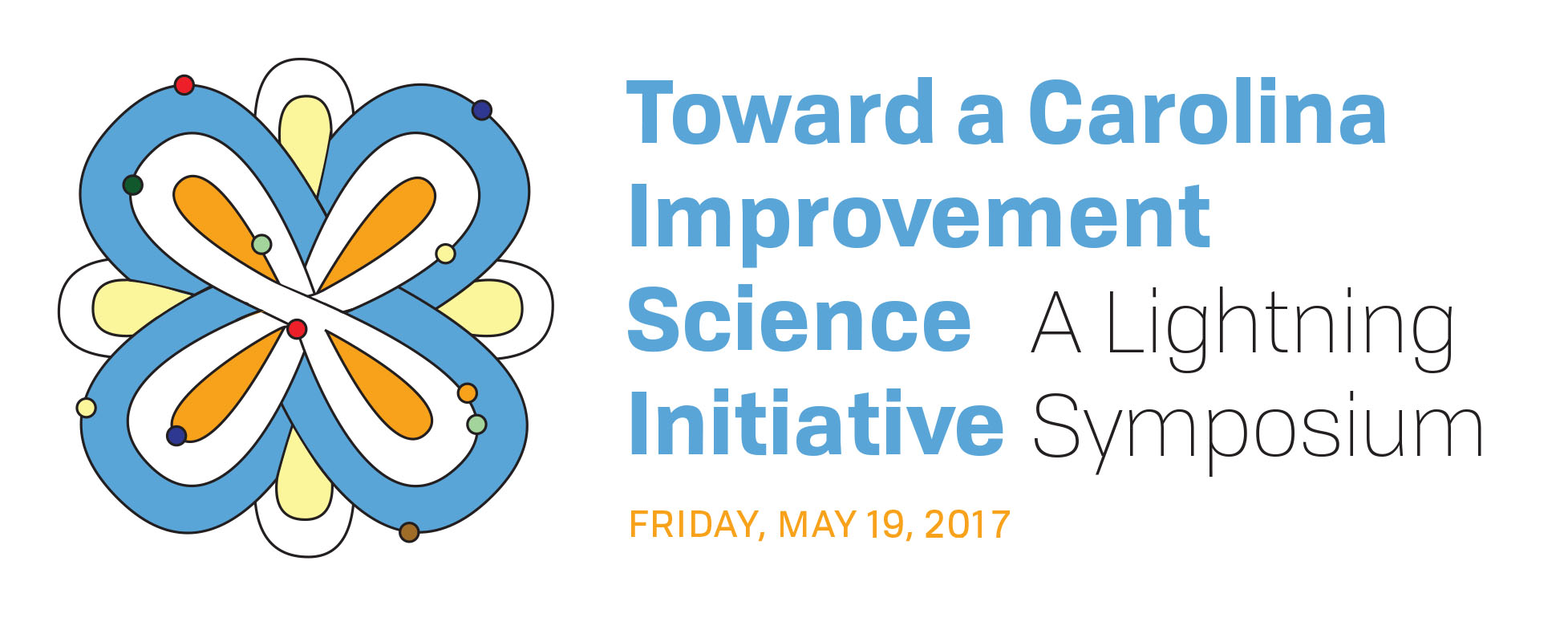Jacqui McLaughlin, Eshelman School of Pharmacy
Experiential education is a significant component of most health professions degree programs. Since the experiential curriculum (also called immersion, clerkships, or rotations) typically occurs at external sites (e.g. clinics, practices, hospitals), schools are challenged with determining how and what students are learning during that time. Fidelity metrics can provide critical insight into the extent to which experiential programs are implemented as designed by the school to achieve desired outcomes. The UNC Eshelman School of Pharmacy implemented a new curriculum in fall 2015, which included an 8-week immersion experience for all students after the first year of the degree program. Data were collected from course evaluations, student assignments, and preceptor trainings for the 50 pharmacy practice sites that placed 147 students. A logic model was defined to articulate inputs, activities, outputs, and outcomes of the practice experience. Collected data were reviewed for key variables and measures to include in the fidelity model and a fidelity score was generated for each pharmacy practice site. The preliminary fidelity model reflected a mean ± standard deviation score of 59.1% ± 16.4% (range 19.7%-88.7%) and practice sites were categorized as low fidelity (2.0%, n=1), fair fidelity (30.0%, n=15), good fidelity (32.0%, n=16), or excellent fidelity (36.0%, n=18). Using a fidelity model has enabled the School to better understand the implementation of the experiential education curriculum and may serve as a criterion-based quality assurance tool for immersion in pharmacy education.
